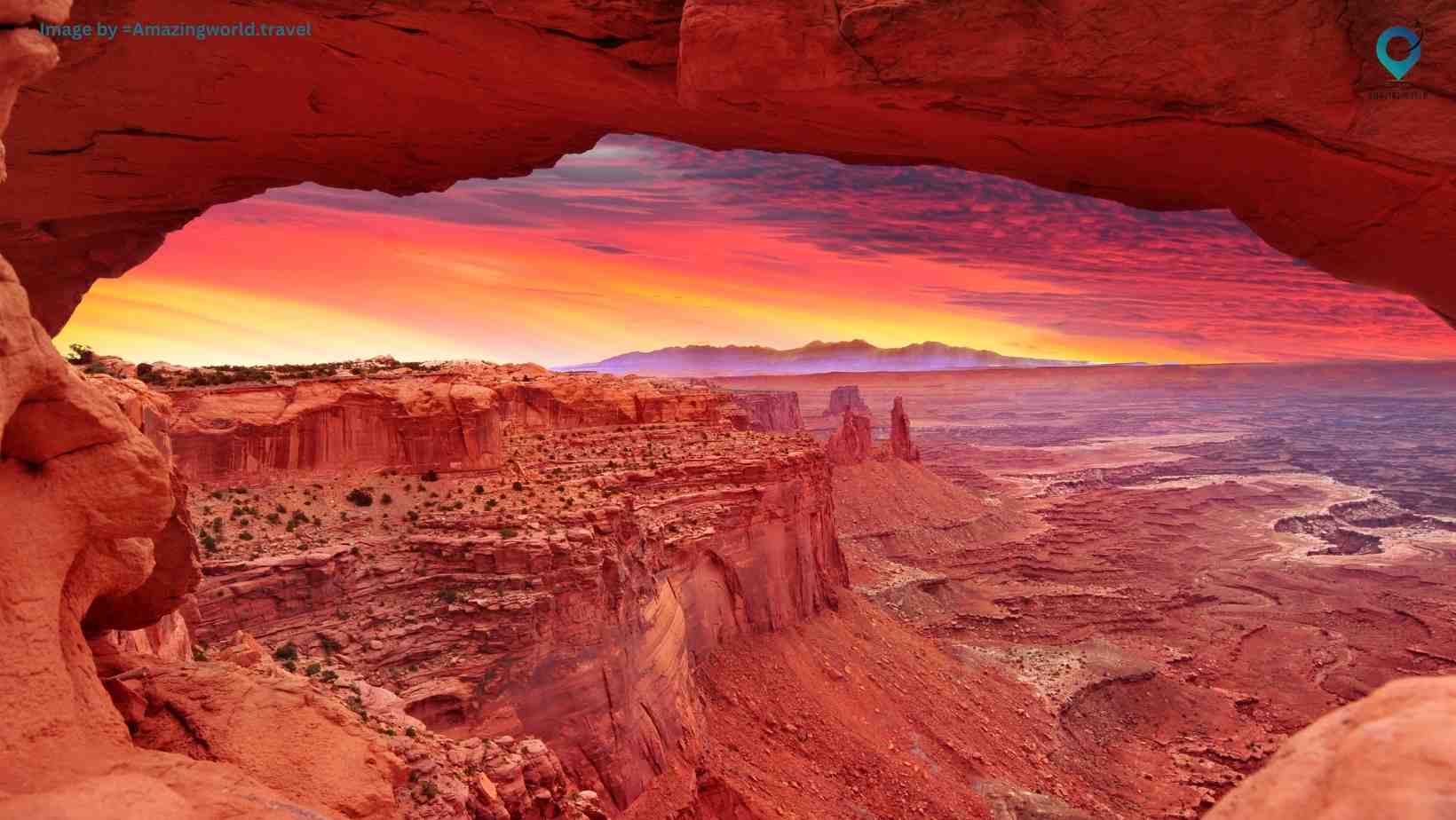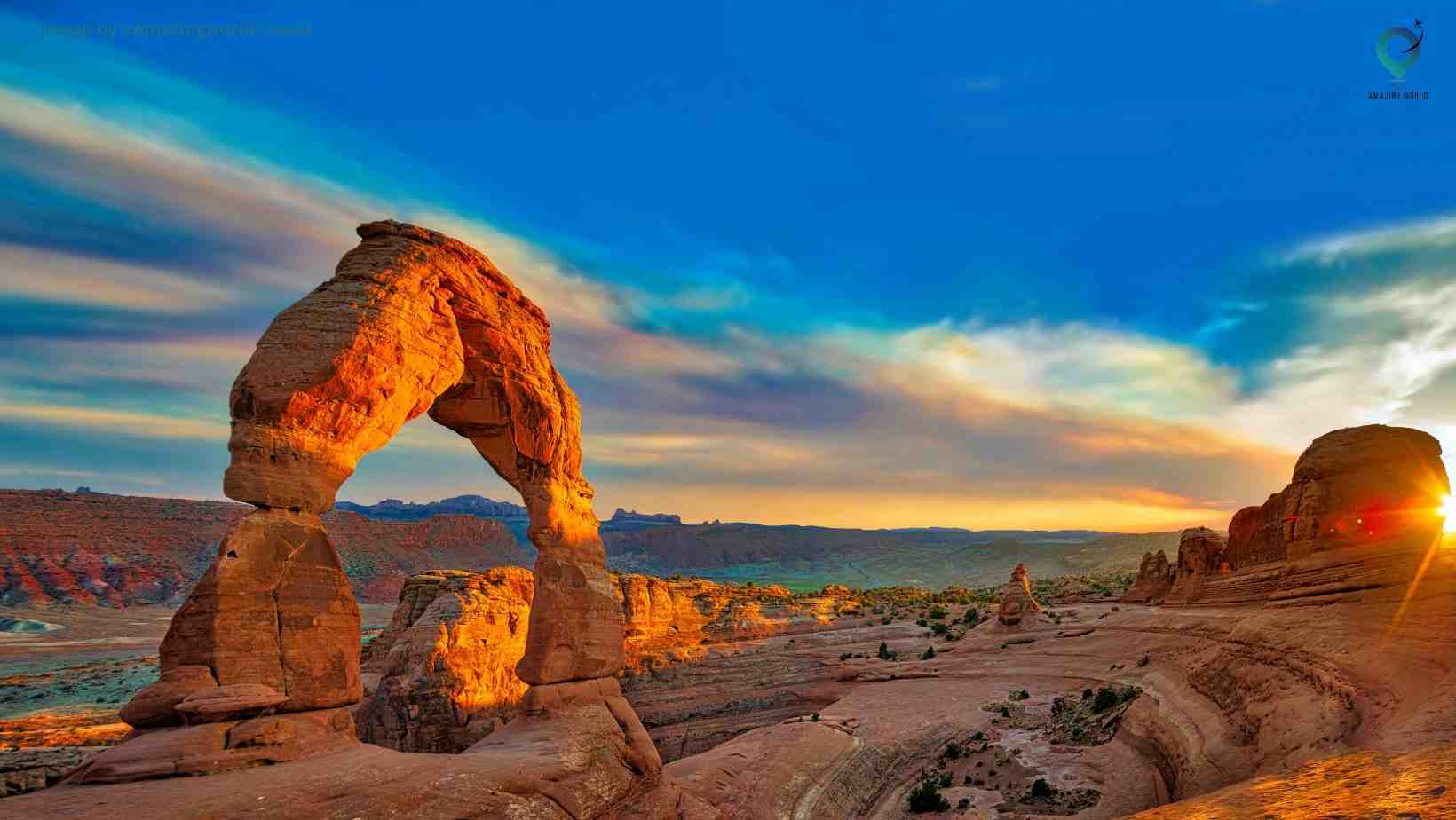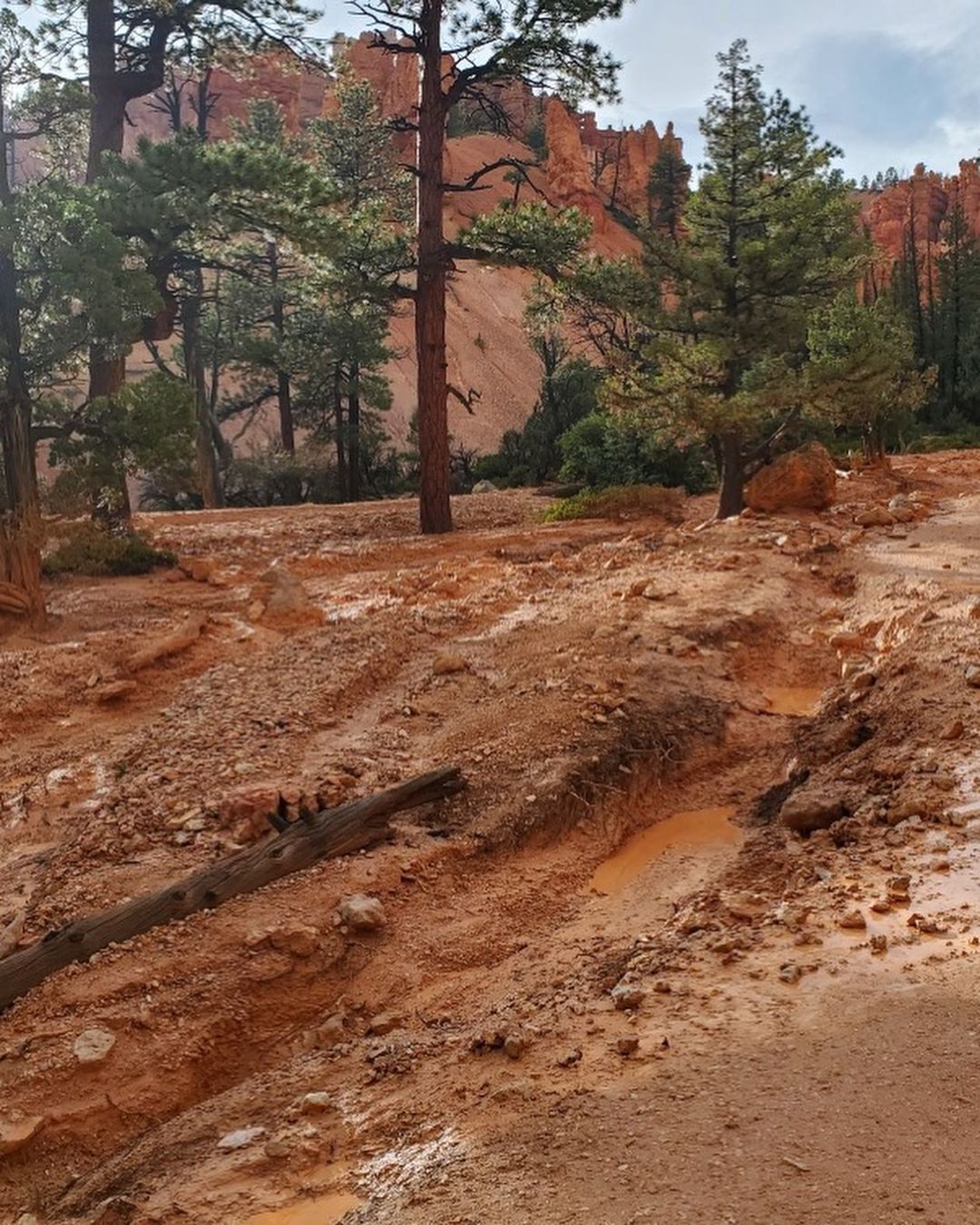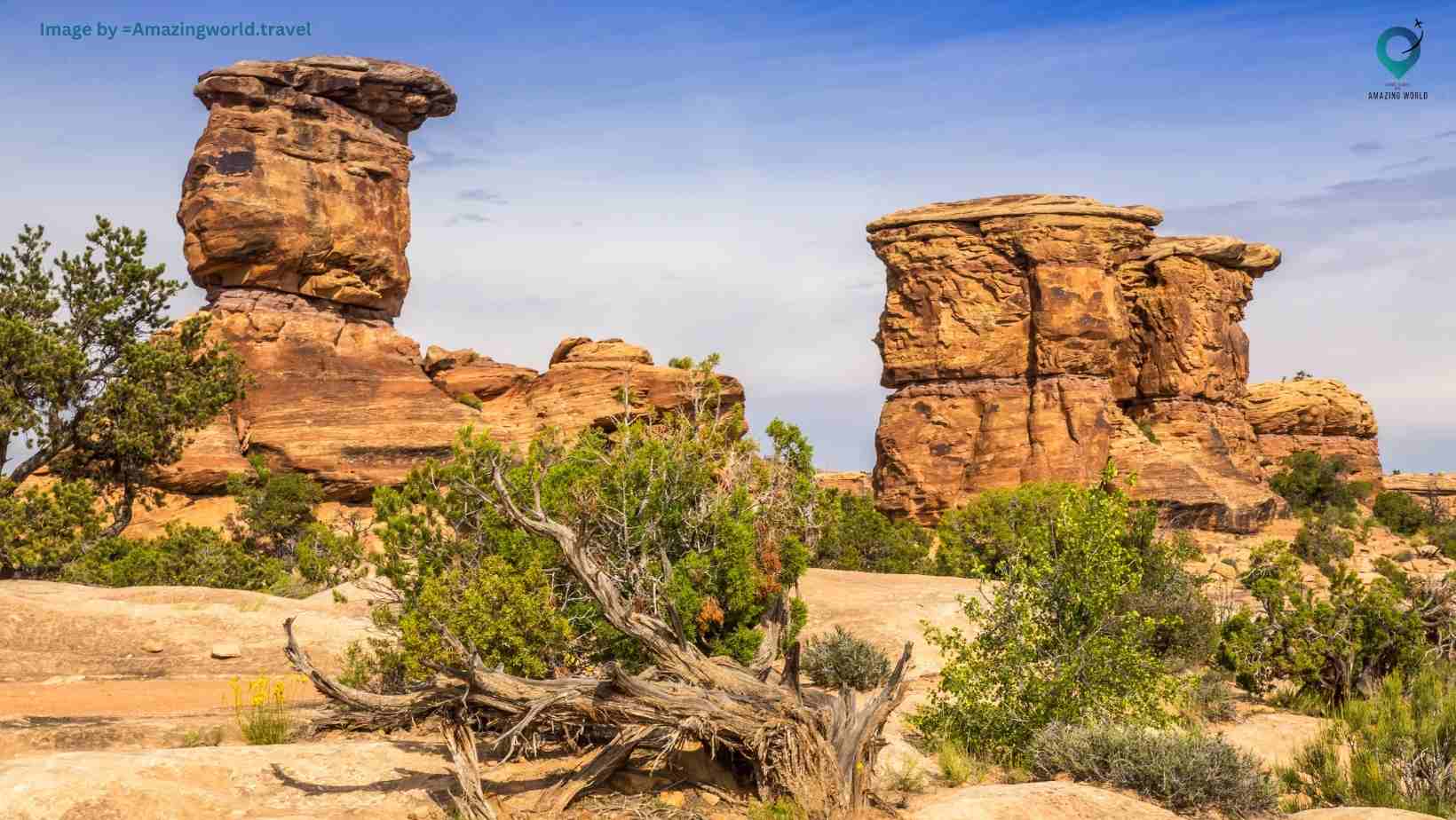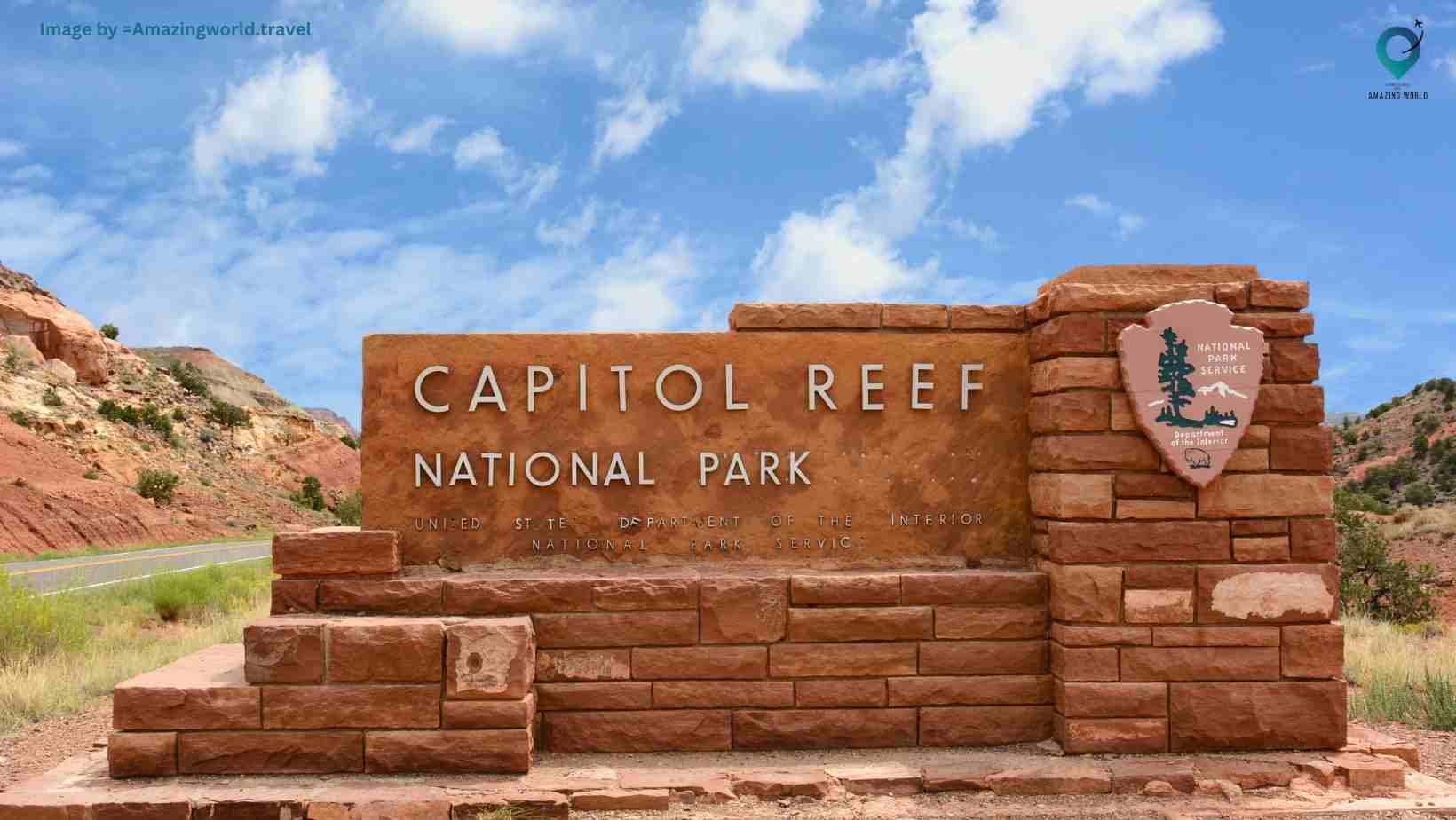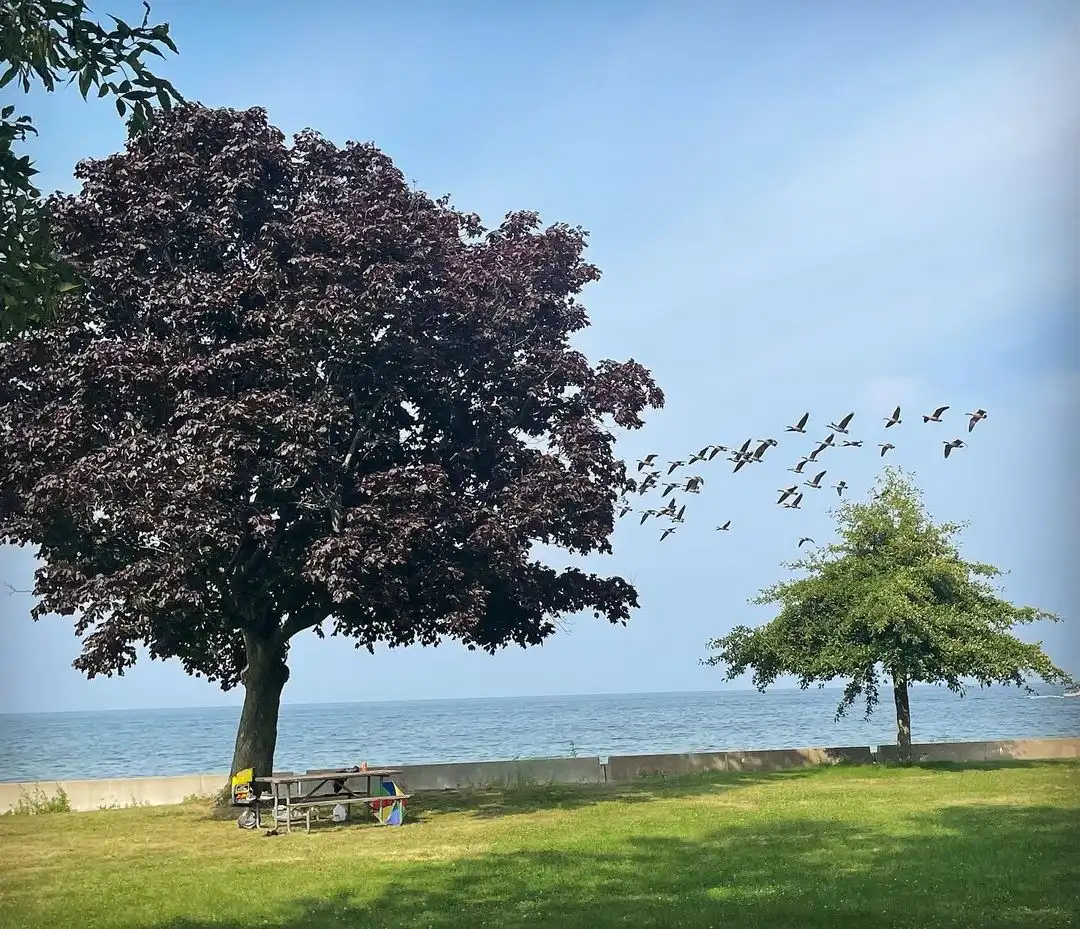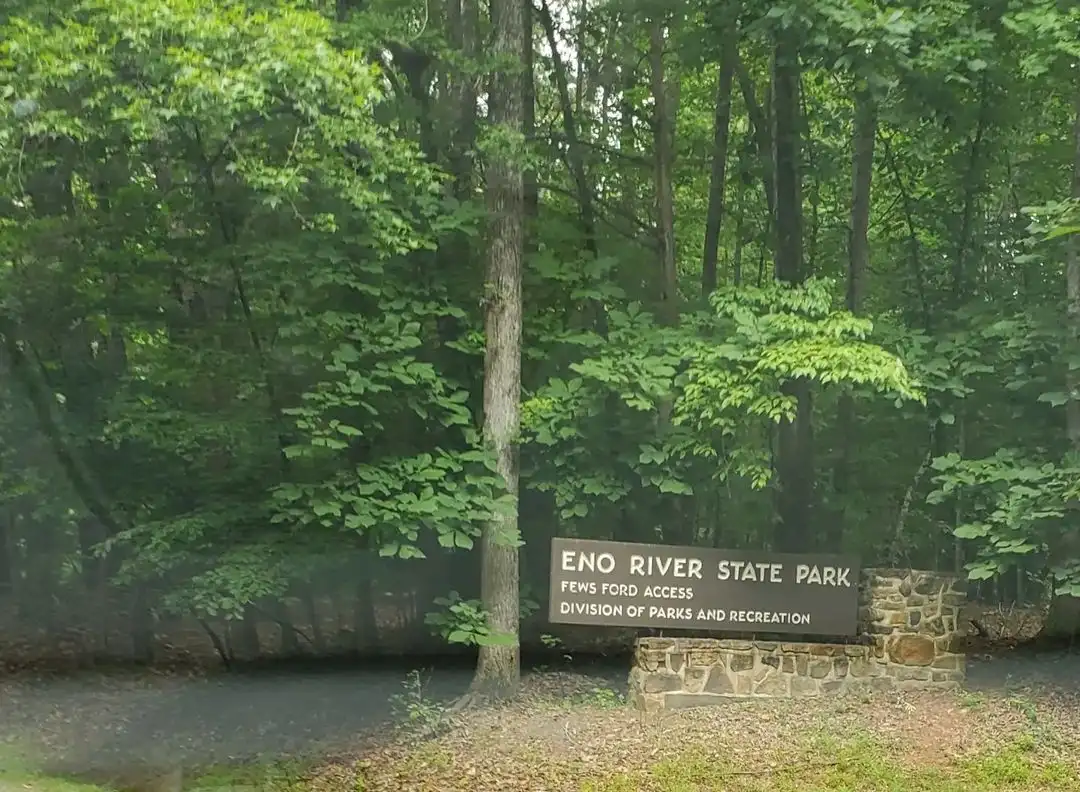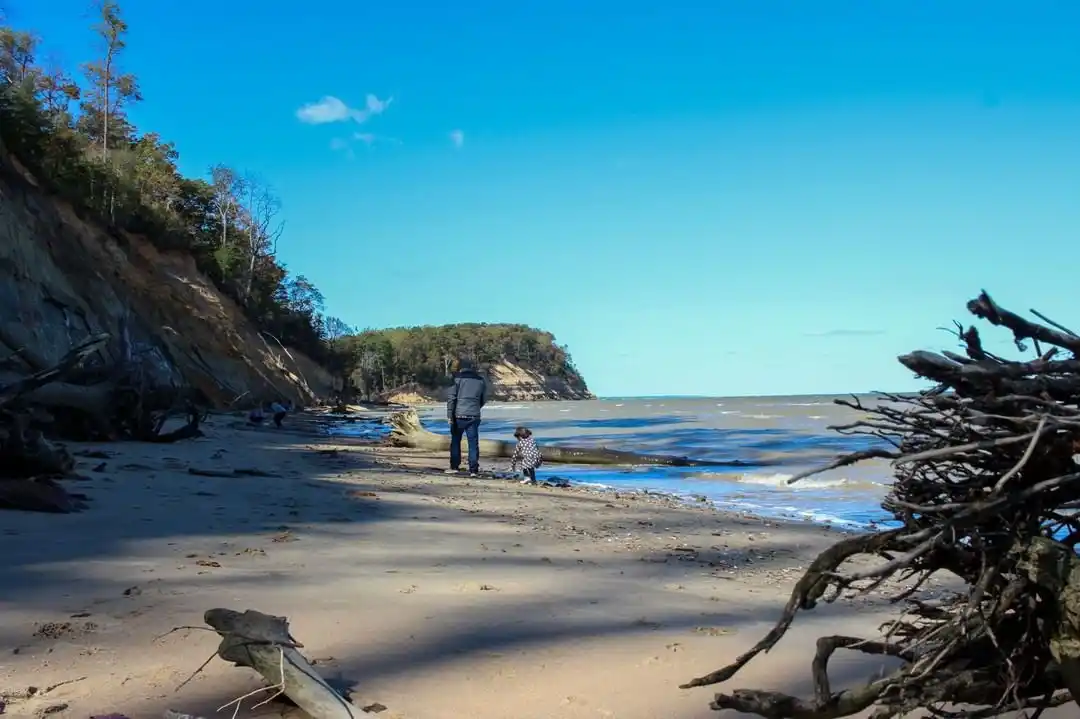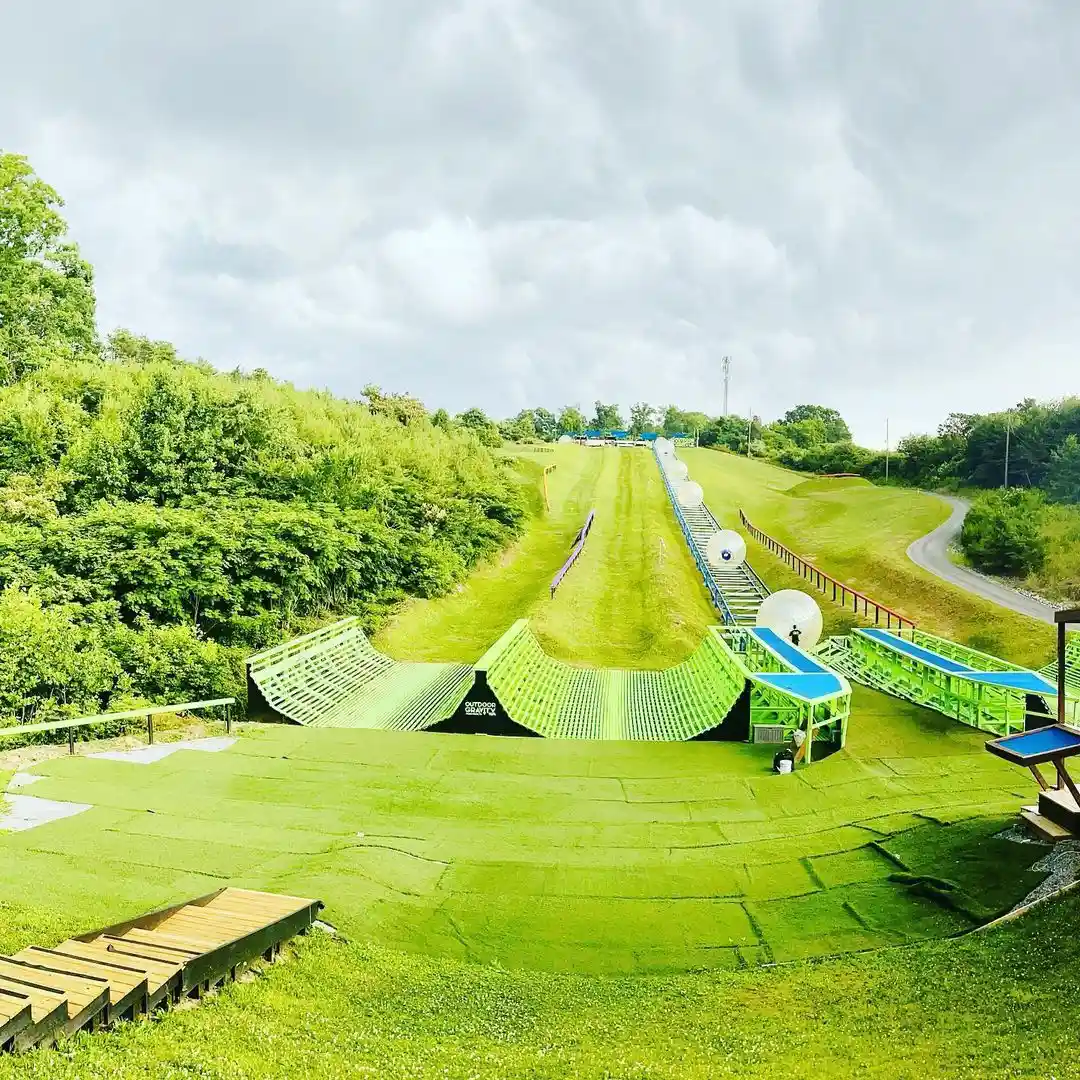The Ultimate Guide to Top 5 Utah’s National Parks: (2024 UPDATED)
Are you an avid adventurer seeking nature’s grandeur and awe-inspiring landscapes? Look no further than the breathtaking marvels nestled within Utah’s top-tier national parks. In this comprehensive and freshly updated guide, we’ll embark on a journey through Arches, Bryce Canyon, Canyonlands, Capitol Reef, and Zion National Parks.
These iconic destinations stand as testaments to the raw beauty sculpted by time and elements, promising enchanting sandstone arches, intricate hoodoos, rugged canyons, and verdant valleys.
Discovering the depths of these natural wonders invites exploration through scenic drives, exhilarating hikes, and captivating vistas. Join us as we uncover the magic and adventure awaiting within the heart of Utah’s diverse and mesmerizing landscapes.
“If you are looking for the best hotel and flight deals for your next vacation, then we recommend booking your bundled flight and hotel through hotwire.com.“
Utah’s National Parks: A Small Overview
Utah’s National Parks collectively stand as a testament to the raw, untamed beauty of the American Southwest. Nestled within this region are five exceptional parks, each a masterpiece shaped by nature’s artistry. Arches National Park dazzles with its over 2,000 natural stone arches, sculpted over millennia by wind and water.
Bryce Canyon National Park, a labyrinth of crimson-colored hoodoos and spire-shaped rock formations, presents an otherworldly panorama that captivates all who gaze upon it. Meanwhile, Canyonlands National Park, divided into distinct districts by the Colorado River, showcases a rugged landscape of towering mesas and sheer-walled canyons, an adventurer’s dream.
Capitol Reef National Park, with its sprawling cliffs and orchards, unveils a geological marvel known as the Waterpocket Fold, showcasing the Earth’s upheavals in a breathtaking display. And Zion National Park, adorned with towering sandstone cliffs and verdant canyons, provides hikers with trails that lead to sublime vistas and unforgettable experiences.
These parks, each with its unique geological formations, diverse ecosystems, and outdoor opportunities, beckon travelers to explore their wonders and create lasting memories amidst the stunning landscapes of Utah.
Top 5 Utah’s National Parks
1. Arches National Park
Park Address: 5 Miles North of Moab, Utah, on US 191
About the Park: Arches National Park is an extraordinary landscape adorned with over 2,000 natural sandstone arches, alongside an array of other geological wonders. Spanning more than 76,000 acres, the park showcases towering rock formations shaped by wind and water over millions of years, creating a surreal and captivating environment.
How to Get There: Access to Arches National Park is primarily via US Route 191, just a short drive north from Moab. For those arriving by air, the nearest major airport is Grand Junction Regional Airport, around 110 miles away from the park.
Best Time to Visit: The ideal times to explore Arches National Park are during the spring (March to May) and fall (September to October). These seasons offer mild temperatures and fewer crowds compared to the scorching summers and occasionally snowy winters.
Activities and Things to Do:
-
- Hiking: Visitors can embark on various trails such as Delicate Arch Trail, Devils Garden Loop, and Fiery Furnace, each offering unique landscapes and breathtaking views.
- Scenic Drives: The park’s 18-mile scenic drive allows travelers to witness iconic arches and rock formations from different viewpoints.
- Photography: Enthusiasts can capture stunning images, especially during sunrise and sunset, showcasing the park’s natural beauty.
Where to Stay:
-
- Accommodations within the park are limited to the Devils Garden Campground, providing tent and RV sites on a first-come, first-served basis. Alternatively, Moab offers various lodging options, including hotels, motels, and campgrounds.
What to Pack:
-
- Essentials: Water, sunscreen, sturdy hiking shoes, a hat, snacks, a camera, and layered clothing to accommodate varying weather conditions.
- Additional Items: Binoculars for wildlife viewing, a trail map, and a first-aid kit.
Things to Avoid:
-
- Off-Trail Exploration: Visitors should adhere to designated trails to protect the delicate desert ecosystem.
- Climbing on Rock Formations: Climbing on arches or rock formations is strictly prohibited for both safety reasons and preservation of the natural structures.
2. Bryce Canyon National Park
Park Address: UT-63, Bryce, Utah, 84764, United States
About the Park: Bryce Canyon National Park is a geological marvel distinguished by its intricate hoodoos—tall, thin spires of rock formed by erosion. Covering approximately 56 square miles, the park showcases a series of natural amphitheaters that create a captivating and surreal landscape.
How to Get There: Visitors can access Bryce Canyon National Park by car via Utah State Route 63. The closest major airports are Salt Lake City International Airport and McCarran International Airport in Las Vegas. From these airports, travelers can reach the park by road.
Best Time to Visit: The optimal times to explore Bryce Canyon are during the late spring (May and June) and early fall (September and October) when the weather is pleasant, and the park experiences fewer crowds. Summer can be crowded, and winter brings snow and cold temperatures.
Activities and Things to Do:
-
- Hiking Trails: Explore trails like Navajo Loop, Queen’s Garden, and Fairyland Loop, offering stunning vistas of hoodoos and panoramic views.
- Scenic Overlooks: Witness breathtaking panoramas from viewpoints like Bryce Point, Sunrise Point, and Sunset Point.
- Stargazing: The park’s dark skies offer excellent opportunities for stargazing and observing celestial phenomena.
Where to Stay: Accommodation options within the park include Bryce Canyon Lodge, offering rooms and cabins. Additionally, campgrounds such as North Campground and Sunset Campground provide camping facilities.
What to Pack:
-
- Essentials: Water, sunscreen, sturdy footwear suitable for hiking, layered clothing for varying temperatures, a hat, and a camera for capturing the breathtaking scenery.
- Additional Items: Binoculars for wildlife and stargazing, a trail map, and a flashlight for night hikes or stargazing events.
Things to Avoid:
-
- Venturing off Trails: To preserve the delicate ecosystem and prevent soil erosion, visitors should stay on designated trails.
- Feeding Wildlife: Avoid feeding any wildlife in the park to maintain their natural behaviors and prevent harm to both animals and visitors.
3. Canyonlands National Park
Park Address: UT-211, Moab, UT 84532, United States
About the Park: Canyonlands National Park is a vast and rugged landscape carved by the Colorado River and its tributaries. It encompasses over 337,000 acres of diverse terrain, divided into four districts—Island in the Sky, The Needles, The Maze, and the rivers themselves. Each district offers unique geological formations, canyons, and expansive vistas.
How to Get There: Visitors can access Canyonlands National Park by car via Utah State Route 211, which leads to the Island in the Sky district. The Needles district is accessible via UT-211 and UT-191. The Maze district requires high-clearance, four-wheel-drive vehicles and is more remote, accessible via dirt roads.
Best Time to Visit: The best times to explore Canyonlands are during the spring (March to May) and fall (September to November) when the weather is pleasant, and the park experiences moderate temperatures. Summers can be extremely hot, while winters might bring cold temperatures and occasional snow.
Activities and Things to Do:
-
- Hiking: Trails like Mesa Arch, Grand View Point, and Slickrock Foot provide stunning views of canyons and rock formations.
- Scenic Drives: Enjoy scenic drives with overlooks such as Grand View Point, Green River Overlook, and Shafer Canyon.
- Boating: The rivers offer opportunities for boating, kayaking, and rafting, especially along the Colorado and Green rivers.
Where to Stay: Accommodations within the park are limited, primarily offering campsites. The park provides several campgrounds, including Island in the Sky Campground and Needles Campground, available on a first-come, first-served basis. Lodging options are available in nearby towns like Moab.
What to Pack:
-
- Essentials: Ample water, sunscreen, sturdy hiking boots, a hat, sunglasses, layered clothing, and a map or navigation device.
- Additional Items: Binoculars for wildlife viewing, a camera for capturing the scenic landscapes, and a first-aid kit.
Things to Avoid:
-
- Venturing off Trails: Stick to designated trails and avoid off-trail exploration to preserve the fragile desert ecosystem.
- Littering: Ensure responsible disposal of waste and refrain from littering to maintain the park’s pristine environment.
4. Capitol Reef National Park
Park Address: UT-24, Torrey, UT 84775, United States
About the Park: Capitol Reef National Park is renowned for its unique geological features, including the Waterpocket Fold, a 100-mile-long wrinkle in the Earth’s crust. This park, spanning over 240,000 acres, is a treasure trove of colorful sandstone cliffs, domes, canyons, and natural bridges.
How to Get There: Visitors can access Capitol Reef National Park by car via Utah State Route 24, which traverses the park’s scenic landscapes. The nearest major airports are Salt Lake City International Airport and Las Vegas McCarran International Airport, followed by a drive to the park.
Best Time to Visit: The ideal times to explore Capitol Reef are during the spring (March to May) and fall (September to November) when temperatures are moderate, and the park is less crowded. Summers can be hot, and winters may bring snow and cold temperatures.
Activities and Things to Do:
-
- Scenic Drives: Travel along the scenic drive through Capitol Reef, offering stunning views of geological formations and orchards.
- Hiking Trails: Explore trails like Hickman Bridge, Capitol Gorge, and Grand Wash, each providing diverse landscapes and scenic vistas.
- Fruit Harvesting: During specific seasons, visitors can pick fruit (cherries, apricots, etc.) from historic orchards within the park.
Where to Stay: Accommodation options within the park include Fruita Campground, providing both tent and RV sites on a first-come, first-served basis. Additionally, lodging can be found in nearby towns like Torrey and Hanksville.
What to Pack:
-
- Essentials: Ample water, sunscreen, sturdy footwear suitable for hiking, a hat, sunglasses, and layered clothing for changing weather conditions.
- Additional Items: Binoculars for wildlife viewing, a camera for capturing scenic landscapes, and a trail map or GPS device.
Things to Avoid:
-
- Off-Trail Exploration: To preserve the park’s fragile environment and prevent erosion, visitors should refrain from venturing off designated trails.
- Harvesting without Permission: While fruit picking is allowed in designated areas during specific times, harvesting without permission is prohibited.
5. Zion National Park
Park Address: Springdale, UT 84767, United States
About the Park: Zion National Park is a picturesque landscape renowned for its towering sandstone cliffs, narrow slot canyons, and diverse wildlife. Encompassing over 147,000 acres, the park offers a mix of lush valleys, steep red rock cliffs, and the iconic Zion Canyon carved by the Virgin River.
How to Get There:
-
- Visitors can access Zion National Park by car via Utah State Route 9, which traverses through the park. The closest major airports are McCarran International Airport in Las Vegas and Salt Lake City International Airport, followed by a drive to the park.
Best Time to Visit: The optimal times to explore Zion are during the spring (March to May) and fall (September to November) when the weather is pleasant, and the park experiences fewer crowds. Summers can be hot, and popular areas might be crowded.
Activities and Things to Do:
-
- Hiking Trails: Explore renowned trails like Angels Landing, The Narrows, and Emerald Pools, offering breathtaking views and diverse landscapes.
- Scenic Drives: Enjoy scenic drives along Zion Canyon Scenic Drive, observing the towering cliffs and rock formations.
- River Activities: Engage in activities like tubing or wading in the Virgin River, weather permitting.
Where to Stay: Accommodation options within the park include Zion Lodge, offering rooms and cabins. Additionally, campgrounds such as Watchman Campground and South Campground provide camping facilities. Lodging is also available in nearby Springdale.
What to Pack:
-
- Essentials: Ample water, sunscreen, sturdy footwear suitable for hiking, a hat, sunglasses, and layered clothing for varying temperatures.
- Additional Items: Waterproof gear for water activities, a camera for capturing scenic landscapes, and a map or navigation device.
Things to Avoid:
-
- Overcrowded Trails: Opt for less crowded trails or visit popular trails early in the day to avoid congestion.
- Unsafe Water Conditions: Pay attention to weather forecasts and avoid river activities during high water or flash flood warnings.
Conclusion.
Utah’s top five national parks—Arches, Bryce Canyon, Canyonlands, Capitol Reef, and Zion—form a collective testament to the unparalleled beauty of the American Southwest. Each park boasts distinctive landscapes, geological formations, and a rich tapestry of outdoor adventures that beckon travelers from around the globe.
Arches National Park, adorned with over 2,000 natural sandstone arches, stands as a testament to nature’s artistry, offering mesmerizing geological formations and stunning vistas. Bryce Canyon National Park captivates visitors with its labyrinthine hoodoos and panoramic views, while Canyonlands National Park showcases the rugged beauty sculpted by the Colorado River and its tributaries.
Capitol Reef National Park, with its unique Waterpocket Fold and historic orchards, presents a geological marvel that unfolds across expansive vistas. Finally, Zion National Park enchants with towering cliffs, narrow slot canyons, and a variety of outdoor activities that cater to every adventurer.
From scenic drives to challenging hikes, captivating photography spots to rich biodiversity, these national parks offer an array of experiences for nature enthusiasts, hikers, photographers, and families seeking an unforgettable adventure.
Whether witnessing the sunrise over delicate arches, hiking through hoodoos at dawn, or navigating the mesmerizing slot canyons, each park provides a unique connection to the raw, natural beauty of Utah’s diverse landscapes.
How much did you like Our detailed The Ultimate Guide to Top 5 Utah’s National Parks: (2024 UPDATED)? Review Also, please share these Blogs with your friends on social media.
Recommended
Utah National Parks FAQs
How can I plan a trip to Utah's national parks efficiently?
Consider the following tips for planning an efficient trip:
-
- Research each park's attractions, best times to visit, and available activities.
- Create a flexible itinerary based on your interests and the time you have.
- Make campground or lodging reservations well in advance, especially during peak seasons.
- Check for any park alerts, road closures, or weather advisories before your visit.
- Prepare a checklist of essentials like water, appropriate clothing, maps, and necessary permits.
What activities can I do in Utah's national parks?
- Utah's national parks offer a variety of activities:
- Hiking: Trails with varying difficulty levels and stunning scenery.
- Scenic Drives: Enjoy picturesque drives showcasing unique landscapes.
- Wildlife Viewing: Spot diverse flora and fauna within the parks.
- Photography: Capture the breathtaking natural beauty and landscapes.
- Camping: Experience the beauty of the parks under the starlit skies.
Are there any entrance fees for Utah's national parks?
Yes, there are entrance fees for most national parks in Utah. The fees vary by park and are subject to change. Some parks offer passes that allow entry to multiple national parks within a specific period.
What are the best hiking trails in these parks?
Each park boasts incredible hiking trails. Some highly recommended trails include:
-
- Arches National Park: Delicate Arch Trail, Devils Garden Loop
- Bryce Canyon National Park: Navajo Loop, Queens Garden Trail
- Canyonlands National Park: Mesa Arch, Grand View Point
- Capitol Reef National Park: Hickman Bridge, Capitol Gorge
- Zion National Park: Angels Landing, The Narrows

Meet David Hoper, a passionate travel Blog writer with 7+ years of experience in travel content. Through his exemplary storytelling and engaging narratives, he shares his experiences and brings destinations to life. With a keen eye for detail and a love for exploration, he has cultivated a diverse portfolio of travel blogs that inspire and inform readers worldwide.

